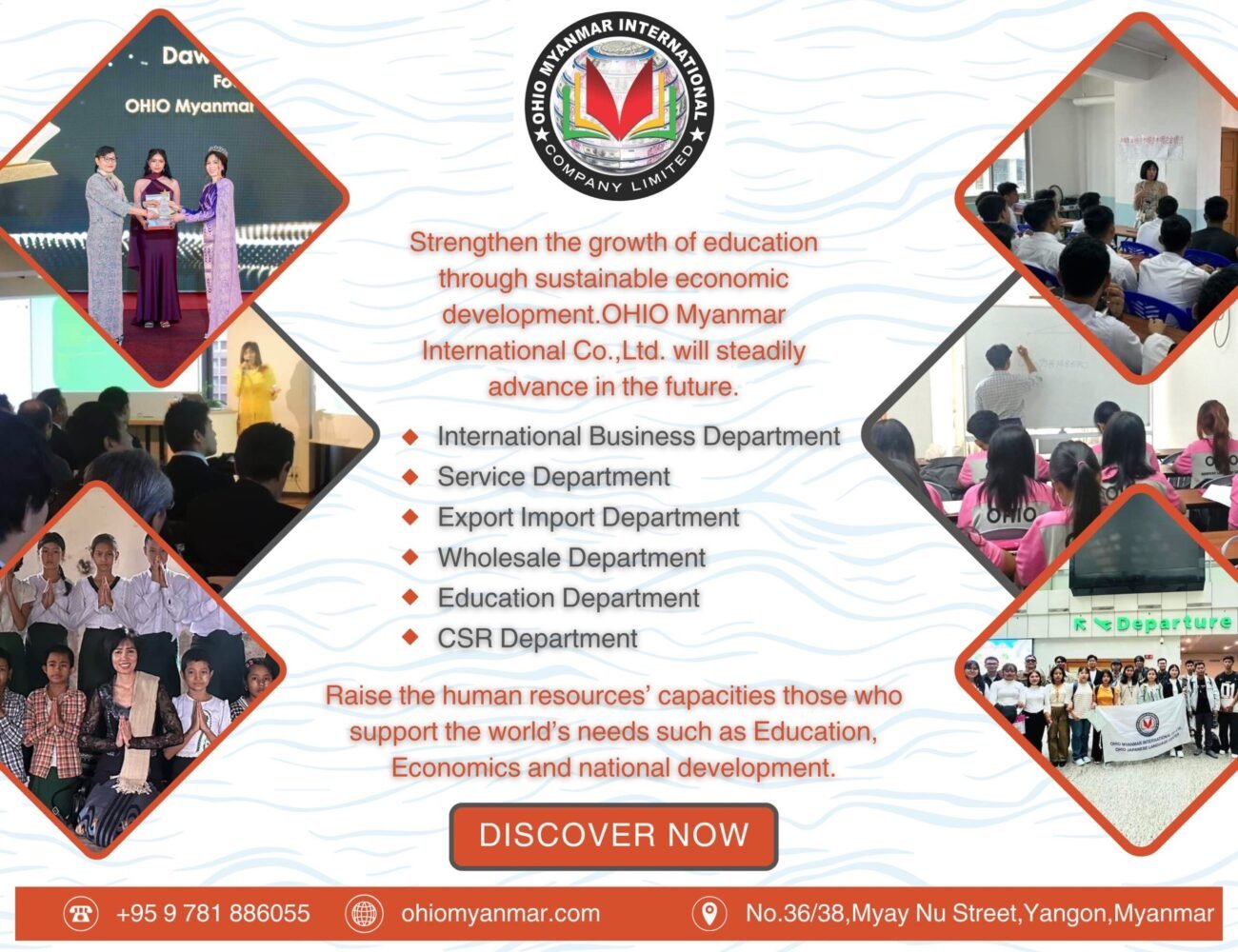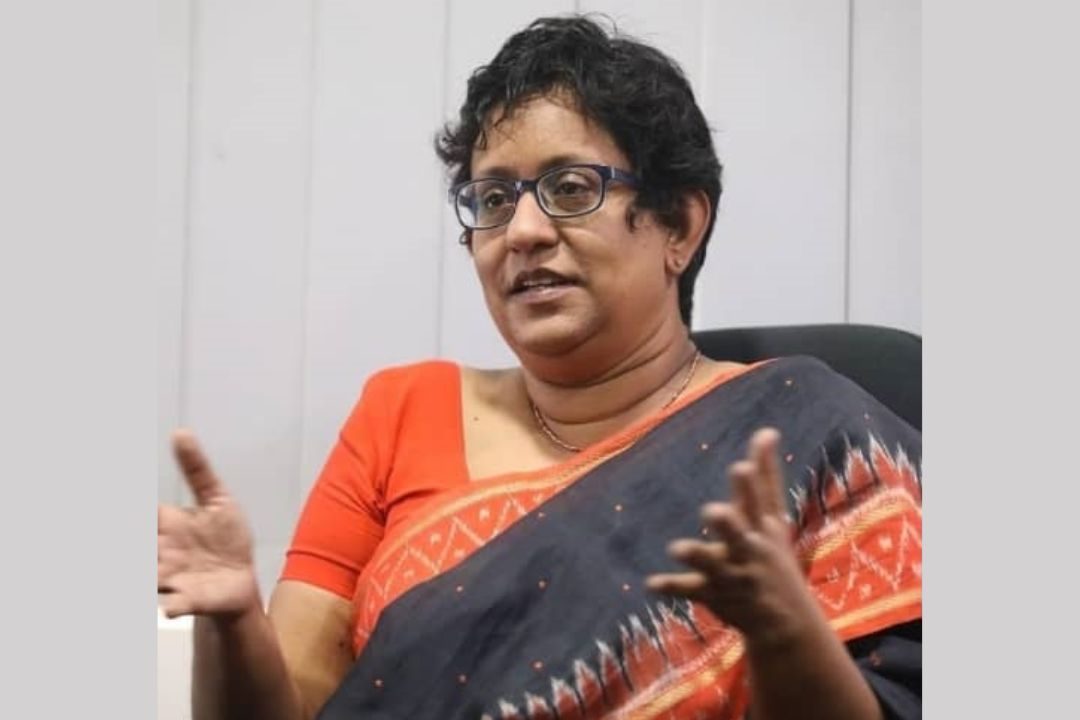
The Environment Agency — Abu Dhabi (EAD) has collaborated with Dendra Co. on an extensive program to evaluate the condition of natural terrestrial habitats throughout the emirate. EAD spearheaded the creation of a thorough study design, selecting specific areas to effectively assess the health of native vegetation in natural habitats both within and outside Protected Areas.
This organized approach allowed EAD to evaluate how human activities and environmental factors have influenced changes in the diversity and distribution of local plant species.
The research program was carried out and managed by a group of emerging national experts from the Agency and Dendra Co. Dendra Co is known for its expertise in environmental consultancy, leveraging artificial intelligence techniques and data collection through smart sensors installed on drones.
Dr. Shaikha Salem Al Dhaheri, EAD Secretary-General, said, “This programme is considered the largest field research project ever implemented in the region. More than six months of continuous work enabled us to comprehensively cover 11,000 hectares as a representative survey of the critical vegetation cover most vulnerable to environmental threats resulting from human uses and climate change. The detailed data resulting from the programme will contribute to giving clearer guidance, which will enhance the decision-making process to deal with the increasing pressures proactively.”
She emphasized that EAD’s growth in targeted environmental research initiatives demonstrates its dedication to safeguarding the UAE’s natural heritage. These efforts aim to enhance the adaptability and resilience of natural habitats against climate change. This strategy is in harmony with the Abu Dhabi Climate Change Strategy, which focuses on cutting carbon emissions and advancing the UAE’s goal of reaching Net Zero by 2050.
Executive Director of the Terrestrial and Marine Biodiversity Sector at EAD, Ahmed Al Hashemi, said, “The environmental and financial impact of these techniques is considered small compared to the negative effects on the environment resulting from traditional field work methods resulting from the use of vehicles to reach research areas. This is in addition to the clear rationing of operational administrative costs. A standard comparison showed that this approach contributed to saving time and costs by up to 90 percent, compared to traditional methods, and therefore this programme is considered an important qualitative addition to the work methods followed by EAD.”
Al Hashemi noted that extensive research was conducted across natural habitats, with precise measurements taken of key indicators for various local plant species. This allowed for a thorough assessment of vegetation health and a systematic evaluation of factors affecting it, such as overgrazing and the influence of human activities, particularly the use of four-wheel drive vehicles.
The program also featured photographic documentation to map wildlife distribution and assess its relationship with wild plant species. This approach enhanced the understanding of vegetation data and its reactions to human impacts. Beyond field monitoring and research, a sophisticated geographic database platform was created to archive all project information. This platform enables the generation of immediate reports and precise statistical analyses.















